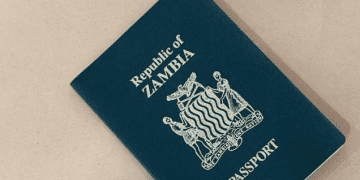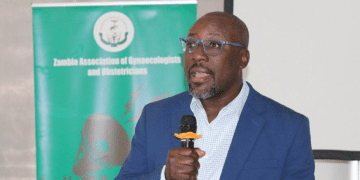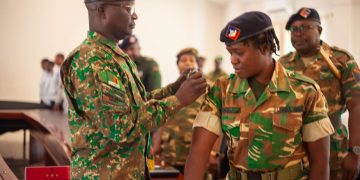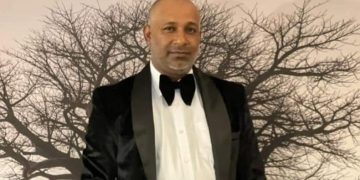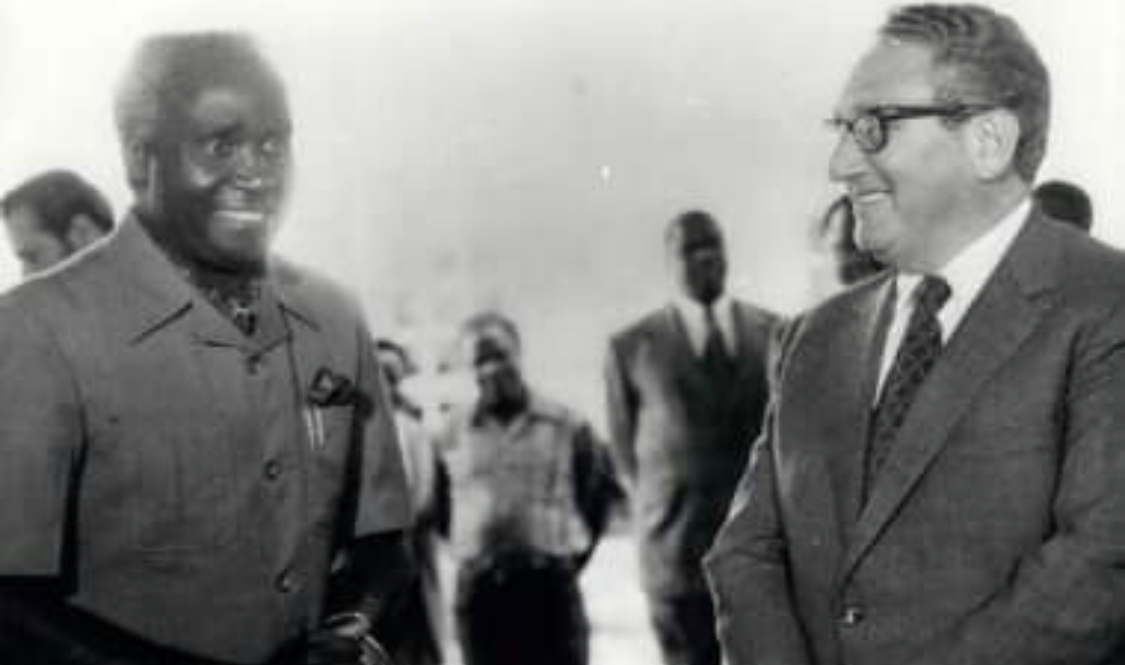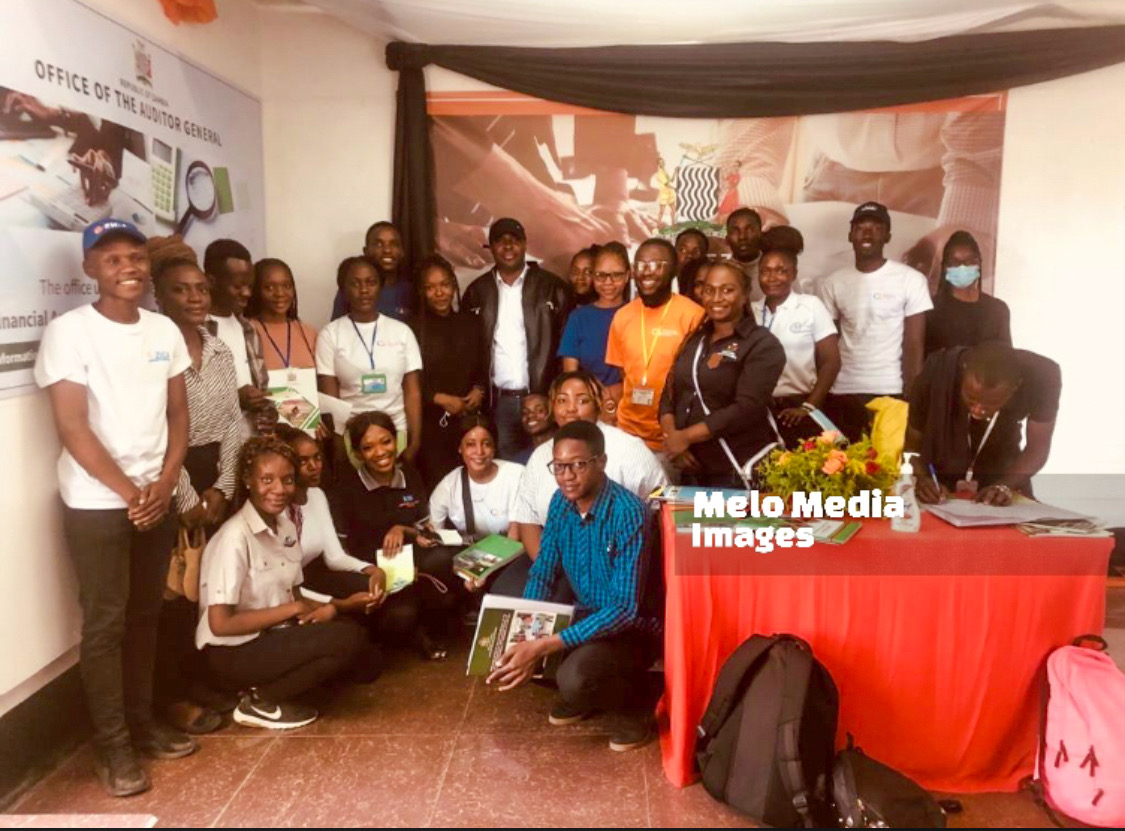On 18 April 1980, Zimbabwe became independent and the majority took over under Robert Mugabe. This day would have come earlier had the Administration of Gerald Ford won the US presidential elections of 1976 which they lost to Jimmy Carters administration. The Ford administration had a shortest stay in office after Richard Nixon resigned. Henry Kissinger the most prolific and shrewd politician of modern America was the Secretary of State under two administrations from 1973 to 1977. When Britain former colonial master of Rhodesia failed to convince the minority white rulers under Ian Smith to recognize the need for majority rule, Henry Kissinger took up the mantle and eventually drew a road map that eventually led to Zimbabwe’s independence under the Lancaster meetings. Despite the short period of time before elections Kissinger made shuttle trips in 1976 to all key parties and met leaders of frontline states like Kenneth Kaunda of Zambia and Julius Nyerere of Tanzania. It is worthy to note that Kissinger’s effort in the fight for majority rule in southern Africa was not met well by many Americans, especially whites who were very sympathetic with their fellow minority white Rhodesians who they saw as the true victims and not the black majority. This issue plus others including the Vietnam war are believed to have contributed to the loss of the Ford administration in the 1976 presidential election. Kissinger’s efforts were highly notable during the time in power, but after the loss to the Carter administration, everything stalled and his efforts in the southern Africa freedom struggle have up to this day not been given the true recognition deserved especially in Southern Africa who are the true beneficiaries. Below is a short write by some recognized scholars.
In 1976, United States Secretary of State Henry A. Kissinger conducted a series of intricate,
multiparty negotiations in Southern Africa to persuade white Rhodesian leader Ian Smith to accede to black majority rule. Conducted near the end of President Gerald Ford’s term in office, against substantial U.S. domestic opposition, Kissinger’s efforts culminated in Smith’s public announcement that he would accept majority rule within two years. This set the stage for the later Lancaster House negotiations which resulted in the actual transition to black majority rule.
“it would not have been predicted by any observer of American politics that a Republican administration
would take the lead in bringing about the breakthrough to majority rule in Southern Africa. Majority
rule had been a liberal cause, never translated into an operational policy.” – Henry Kissinger
“I don’t believe in black majority rule ever in Rhodesia, not in a thousand years.” Thus vowed Ian
Smith, Rhodesia’s white Prime Minister, on March 20, 1976. Outnumbered 22-1 in that Southern African country, some 270,000 whites had defiantly ruled over six million blacks since Smith unilaterally declared Rhodesia’s “independence” from Great Britain in 1965
Intensive British diplomatic efforts at the highest levels had utterly failed to persuade the intransigent Smith to accept black majority rule. Kissinger was not deterred by this. Kissinger initiated complex coalitional negotiations in the region during the waning year of Gerald Ford’s administration. Scarcely six months after Smith’s “not in a thousand years” declaration, Kissinger had orchestrated an about-face by the Rhodesian Prime Minister. Stunning his white countrymen—and a world audience—Ian Smith made a televised announcement, accepting the principle of majority rule for his country, to take effect within two years.
More surprising was how Kissinger had engineered Smith’s turnabout. By delicately working with
both moderate and radical black African states, he had persuaded a most reluctant South Africa—that “citadel of apartheid”—to apply decisive pressure on neighboring Rhodesia to abandon its policy of white minority rule. Remarkably, South Africa had agreed to bring this pressure despite the plain fact that, if Rhodesia capitulated, anti-apartheid forces would—and later did—shift their main energies toward South Africa, the major remaining white-ruled state in the region.
At the time, this was big news. Time magazine’s cover story on October 11, 1976 lauded Henry
Kissinger’s “dazzling diplomatic foray into Southern Africa” that “raised the possibility that Rhodesia — as well as much of the rest of southern Africa — might be poised on the brink of peace instead of a race war that was once thought inevitable.” Along with much of the world’s press, the British Observer gushed that this intricately choreographed process represented “a staggering diplomatic coup” in a “seemingly intractable
crisis.”
Though Ian Smith’s reversal would prove pivotal, black majority rule in Rhodesia would not come on
Kissinger’s watch. When Gerald Ford lost the 1976 Presidential election soon after Smith’s announcement, Kissinger became a lame duck. This effectively ended his role in the negotiations, which stalled, triggering an upsurge in guerilla fighting and diplomatic activity. Majority rule in Rhodesia became a reality with a 1979 agreement that largely followed the Kissinger blueprint and was forged under British leadership at London’s Lancaster House.
Henry Kissinger had confronted a range of negotiating challenges over almost eight years under two
presidents. These included the opening to China, the end to the Vietnam war, détente and arms control with the Soviets, as well lasting disengagement accords among Egypt, Israel, and Syria following their 1973 war. Yet Kissinger declared, “Of all the negotiations I conducted, by far the most complex was the one over majority rule in Southern Africa.
Contributors:
• James K. Sebenius, Professor of Business Administration at Harvard Business School
• R. Nicholas Burns, Family Professor of the Practice of Diplomacy and International Relations – Harvard Kennedy School of Government
• Robert H. Mnookin – Professor of Law at Harvard Law School .
• Admin – Zambian History in Picture
In pictures: (1) US Secretary of State Henry Kissinger arrival in Lusaka, Zambia where he held talks with President Kaunda at State House (2) US Secretary of State Henry Kissinger address the press. Behind him is Foreign Affairs Minister Rupiah Banda (3) US Secretary of State Henry Kissinger meets South Africa President John Vorster






